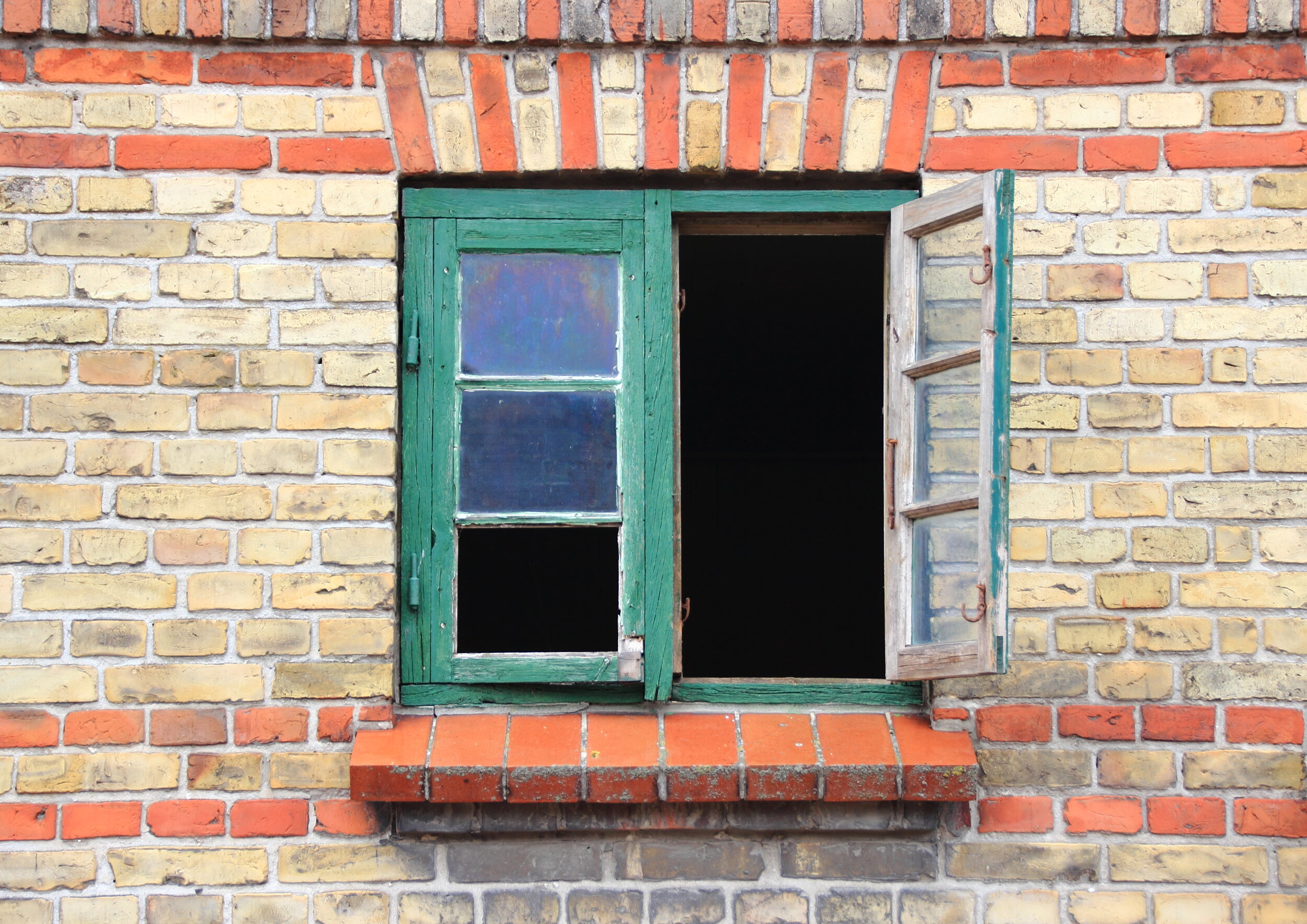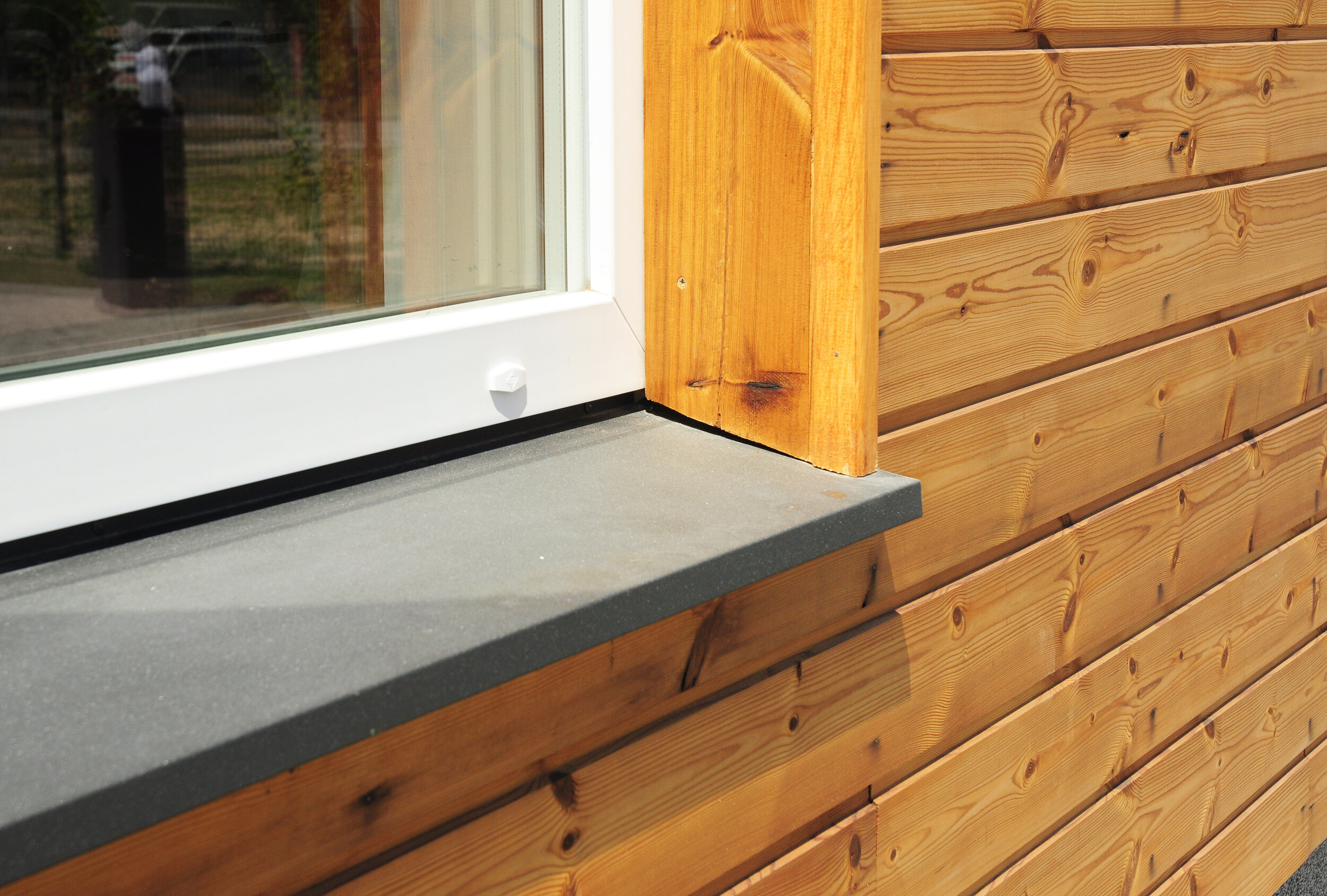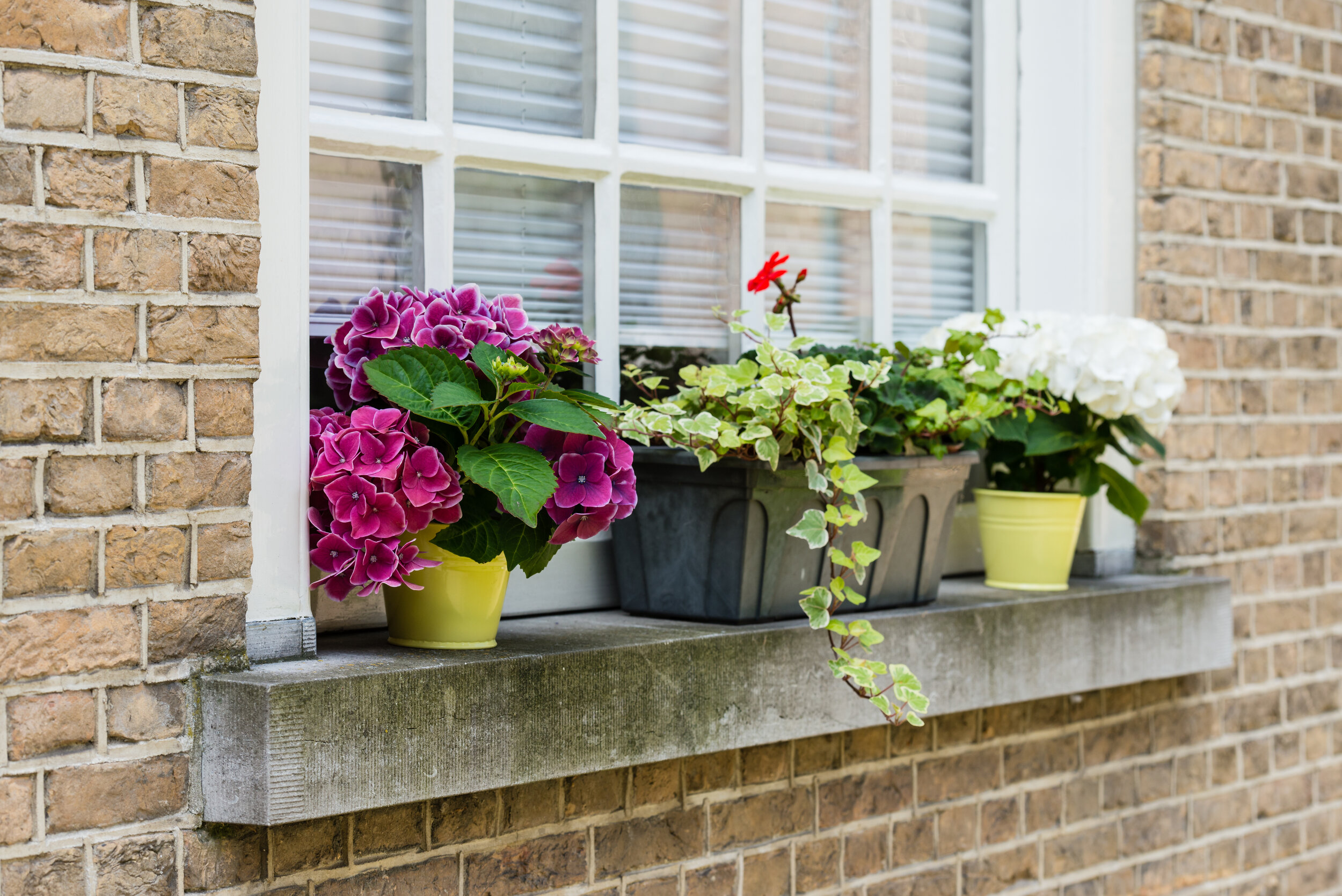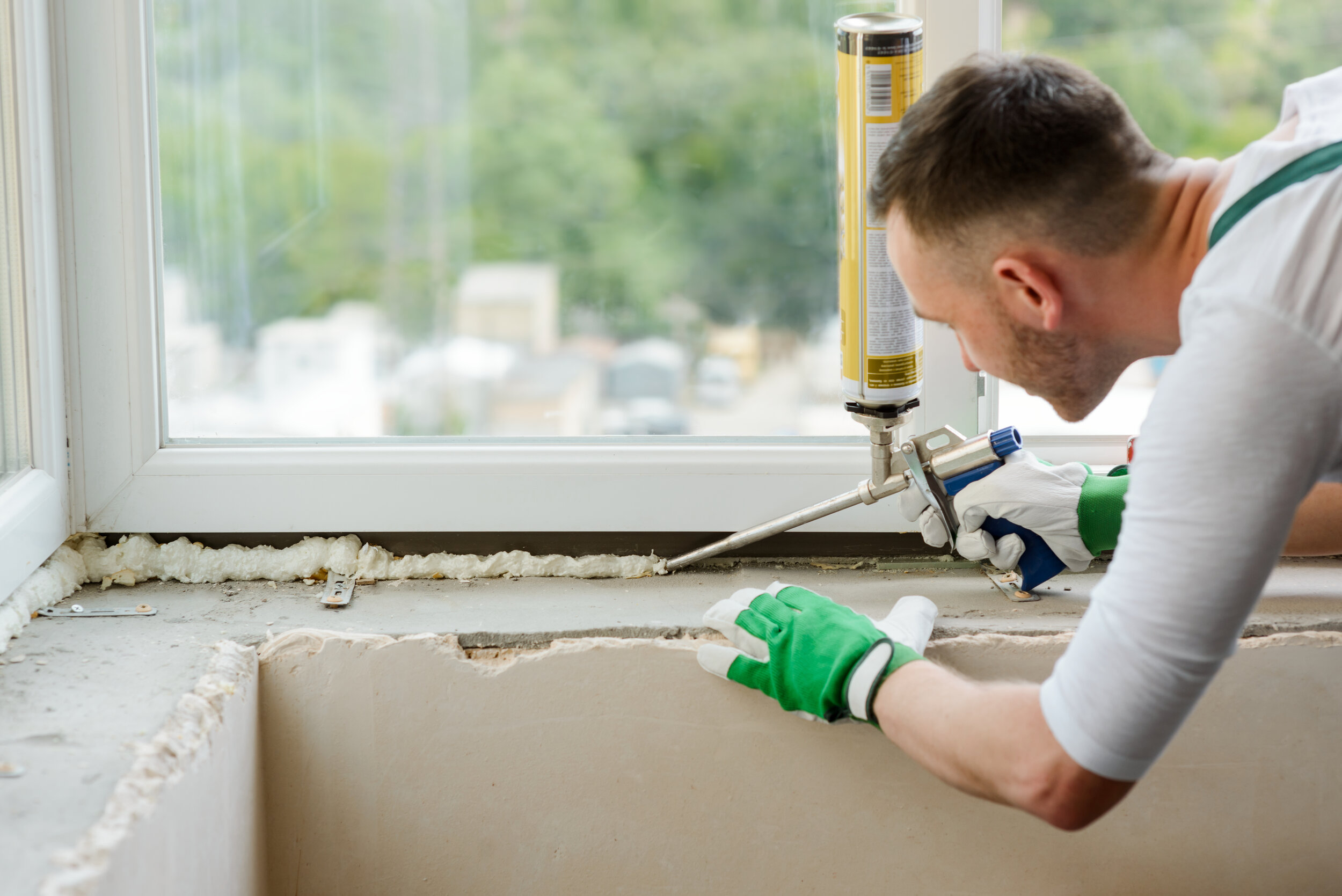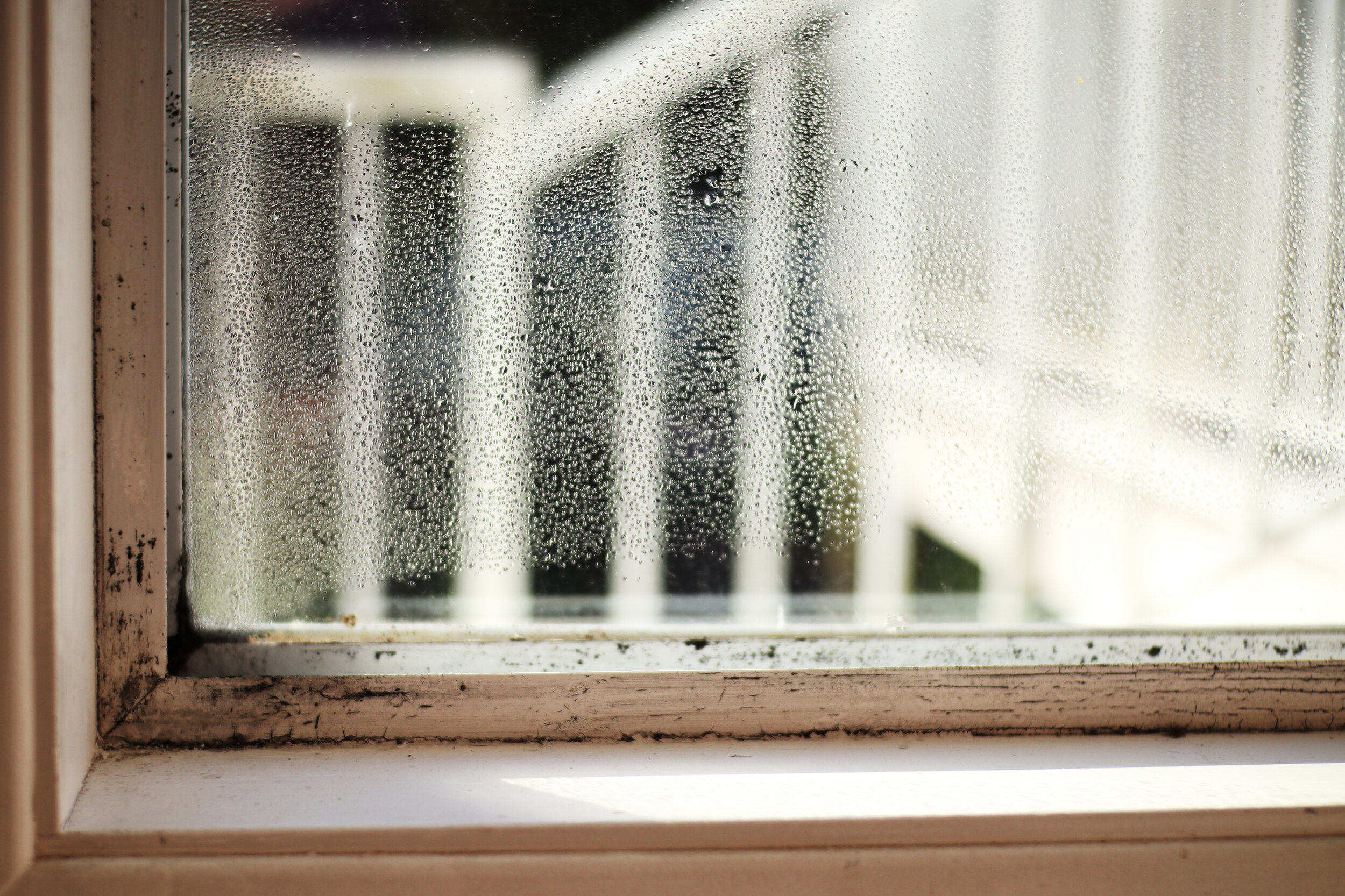Window Sill 101: Everything You Need to Know
/Window Sills
Disclaimer: As an Amazon Associate I earn from qualifying purchases. There are affiliate links in this post. This means that at no cost to you, I will receive a commission if you purchase through my link. I will only ever promote the products and services that I trust and 100% recommend. You may read my full disclosure policy for more information. Thank you for supporting my business in this way.
A small but mighty feature, the window sill plays an important role in the function of a window. It stabilizes the window frame and panels, supports the insulation, and provides a place for decoration. Window sills can be both beautiful and functional, and they’re a necessary part of any type of window.
What is a Window Sill?
Window sill is a term that refers to the ledge at the bottom of the window. It’s located where the window frame meets the wall. The sill provides a structural foundation for the window.
On the outside, it is used to direct water away from the house and keep the frame well-insulated. Some window sills extend out from the wall to make room for decorations, such as a flower box or a bird feeder.
Technically, a window sill only exists on the exterior of a house or apartment. In architectural terms, the portion of the ledge that is on the inside is called a window stool. But, many people use the term “window sill” to describe both the exterior and interior parts.
Benefits of a Window Sill
A window sill is not optional. It’s a mandatory component of the window frame, in large part because it protects the inside of your home from moisture.
Here are some other benefits that come from having a good quality window sill.
1. Moisture protection
Protecting against water intrusion is arguably the most important function of a window sill. If water gets into your house, it can have detrimental effects on the foundation. Mold can build up, your drywall can rot, and in extreme cases, your home can suffer structural damage.
A window sill protects against this by directing water away from the house. Even though most look like they sit perpendicular to the wall, they’re actually installed at a slight angle to prevent rain or snow from accumulating on top of it. This allows water to run off the sill and drip away from the house.
If you’re having problems with standing water in your yard, you may want to consider installing a French drain or re-evaluating your drainage system.
2. Decorative appeal
In addition to all the practical benefits, window sills add a beautiful touch to the outside of a house. They provide a place for plants, flower boxes, bird feeders, and seasonal decorations.
Inside, you can get creative by using your window sill as a bookshelf, a countertop, a seat, or a place for potted plants. The possibilities are endless!
3. Insulation
While it’s not as important as the type of window you install, your window sill will still have an effect on the thermal insulation of your home. A properly installed window sill creates a barrier for your window, preventing air from leaking through.
4. Structural support
A window sill provides structural support by keeping the window frame from warping due to weather conditions or age. It also stabilizes the window panel when it is closed.
Different Types of Window Sills
Window sills are rather straightforward: it’s true. But they still present some exciting possibilities for customization. Wood, plastic, marble, granite, and aluminum are all popular choices, and many of them come in a range of colors to match your aesthetic.
Here’s a breakdown of the pros and cons of each material.
Wood Window Sills
Interior wood sill
Wooden window sills are eco-friendly, well-insulated, and have a natural appearance that looks great on most homes. The right type of wood can also be low maintenance — as long as it is properly waterproofed.
However, if you choose to install a wood version, you’ll need to either prep the wood for outdoor use or buy a pre-treated wood. Wood requires painting and/or sealing in order to hold up against the elements. Oak, redwood, cypress, pine, and Ipe are all well-suited for outdoor use.
Plastic Window Sills
Plastic is one of the most common options for window sills, especially in condos and apartments. The material is naturally resistant to scratches and moisture. It’s not susceptible to water damage the way wood is, and it’s affordable, durable, and easy to take care of.
One main drawback to plastic is that it is not eco-friendly. It can also show scratches over time.
Stone Window Sills
Stone sills at the Enge Church in Zurich, Switzerland
Stone window sills have a timeless, classic look. They’re highly durable and will last for a lifetime. They don’t require painting, staining, sealing, or waterproofing. Some popular stone options include marble and granite. While stone window sills can scratch, the scratches generally aren’t as visible as they are on wood or plastic.
Aluminum Window Sills
If you’re a homeowner on a strict budget, aluminum might be the way to go. It’s an affordable option, and it holds up incredibly well over time. Unlike other materials, aluminum doesn’t rust when exposed to harsh weather.
It’s also easy to clean: just wipe it down with water and a gentle cleaner.
The only real drawback to aluminum is the noise. When rain falls on metal, it makes a loud sound that can be annoying for homeowners, especially if the window sill is right off a bedroom or living room.
Caring for Your Window Sill
Whatever material you choose, you should perform regular maintenance to keep your window sill clean on the inside and out.
To clean your window sill, start by wiping it down with a cloth or stiff brush. Remove dirt, debris, and anything else that has been building up on the sill, such as leaves or lawn clippings. You can use a vacuum attachment on interior sills to get rid of all the dust and dirt.
Next, wipe the sill down with water and a soft cloth. If it is made from wood, substitute the water for a special wood cleaner.
Finally, watch out for signs of mold such as black spots or a musty smell. The exterior window sill is susceptible to mold build-ups, so it’s especially important that you inspect it from time to time.
Window mold
Prevent mold build-ups from occurring by keeping moisture away from your window sill. If you do notice mold, follow the CDC’s guidelines for cleaning it.
With a few simple steps, you can keep your window sill in great condition — and keep the outside of your home looking great.
Brandon Hubbard, AIA, NCARB, LEED AP BD+C

